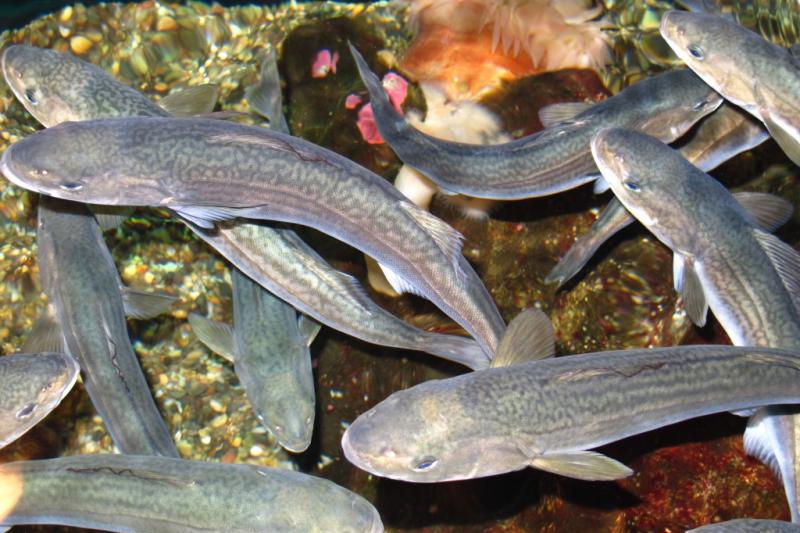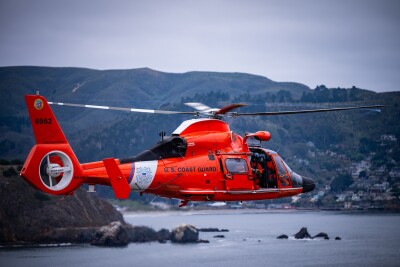Alaska’s blackcod and halibut populations have been on the rise in recent years, and based on recent trawl and longline surveys the outlook for 2023 is looking favorable for another upward tick.
Amid the good news that the abundance for the two species has sprung back is the question whether the extra volume into markets could dampen ex-vessel prices.
The biomass that determines the setting of the total allowable catch for blackcod entered a precipitous decline from about 2010, hitting its lowest level in 2016 when it warranted setting the TAC at 20,352,687 pounds.
In the years that followed, surveys and harvest data found healthy populations of blackcod, but they were too young to recruit into the fishery; now those fish have matured, and the TACs have been ratcheted up accordingly.
In 2017, the TAC increased by 10 percent over 2016, and 2020 increased by 22 percent over 2019. In 2021 the fleet fished on a TAC of 43,446,051 pounds, up a whopping 37 percent over the year before. The 2022 TAC was up another 30 percent at 56,404,691 pounds.
Halibut has also made a comeback, though not as pronounced as blackcod. TACs hovered around the 17-million-pound mark from 2016 until 2021, when the TAC increased by 15 percent to 18,569,600. This year’s TAC was set at 20,298,000, an increase of about 9 percent.
Ex-vessel prices, according to data with NOAA, show that in recent years halibut have fluctuated from an average high of $6.44 per pound in 2016 to a low of $3.79 during 2020, when widespread restaurant closures put the stopper on the flow of fresh product. Those prices are an average among size splits and the range of processors’ prices for delivery to the docks. Since then, values rose to around $6.40 per pound in 2021, and have been fetching around $8 as the season winds down for 2022.
Blackcod prices suffered some of the same fate as halibut during the pandemic, with an average of $2.01 per pound in 2020. The abundance of small (1- to 2-pound and 2- to-3-pound) fish in the harvests of 2018 and 2019 had already depressed ex-vessel offers for fish headed to primary markets in Japan. Since then, prices have rebounded.
According to Bob Alverson, manager of the Fishing Vessel Owners’ Association in Seattle, prices are holding up well in light of increased harvest volumes.
“Halibut have been in the $7- to-$9 range. They’ve been excellent,” he says.
Alverson says that in May of this year blackcod deliveries to Seward broke down to $1.40 per pound for fish 1 to 2 pounds; $2.50 for 2 to 3 pounds; $3.30 for 3 to 4 pounds; $4.80 for 4 to 5 pounds; $7.70 for 5 to 7 pounds, and $9 for 7 pounds and up.
Alverson notes that prices for blackcod had slipped by about 30 cents across the weight splits as of October.
As of Nov. 1 the fleet had landed 82 percent of the 20,298,000-pound halibut TAC and 65 percent of the 56,404,691-pound blackcod TAC. Though the season will last until Dec. 7, Alverson estimated there would be some unharvested blackcod in the western Aleutian Islands.
“Those remaining 7 million pounds won’t likely be caught,” he says. “It’s (the TAC for the area) very difficult to catch out there.”







